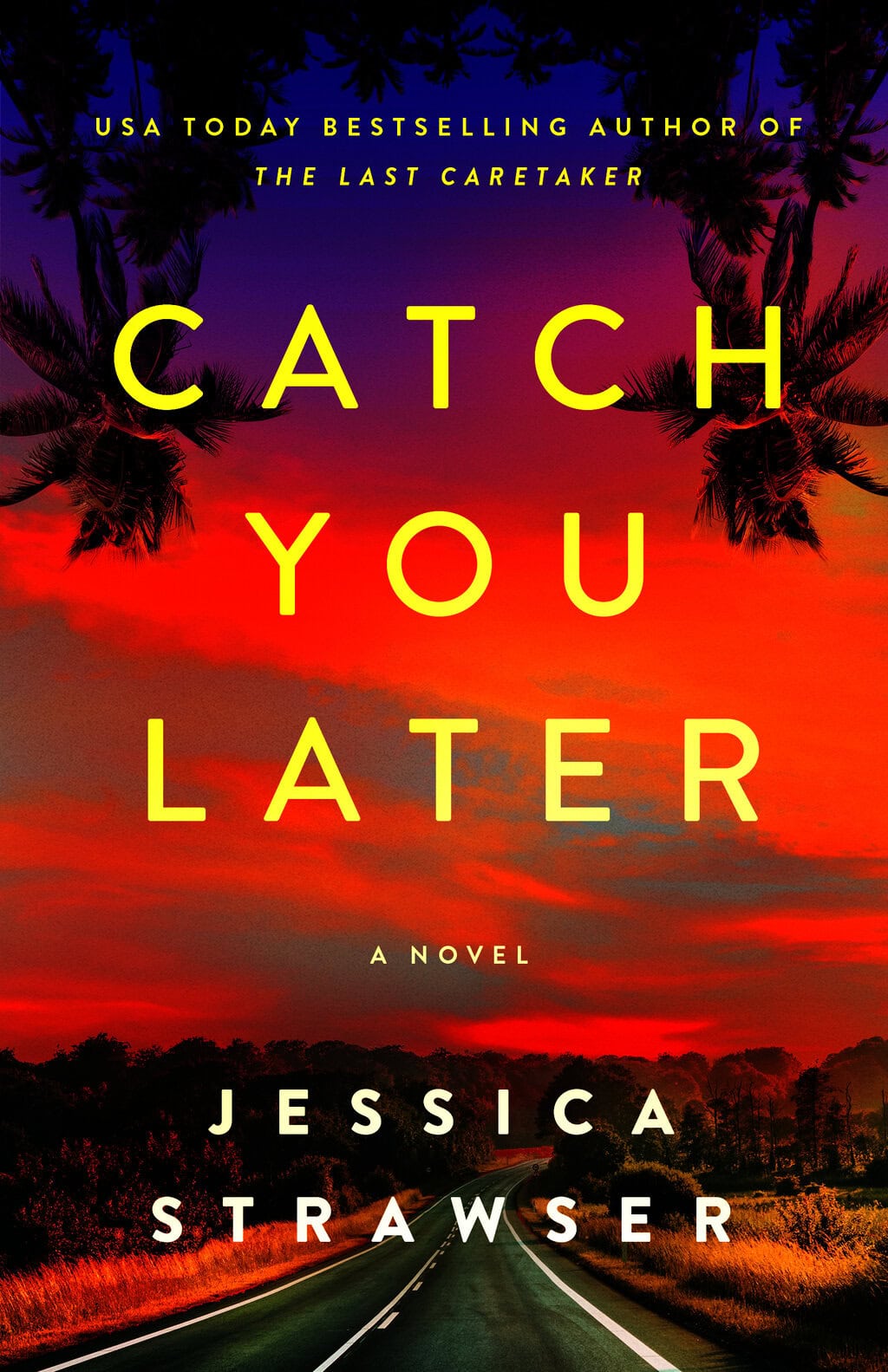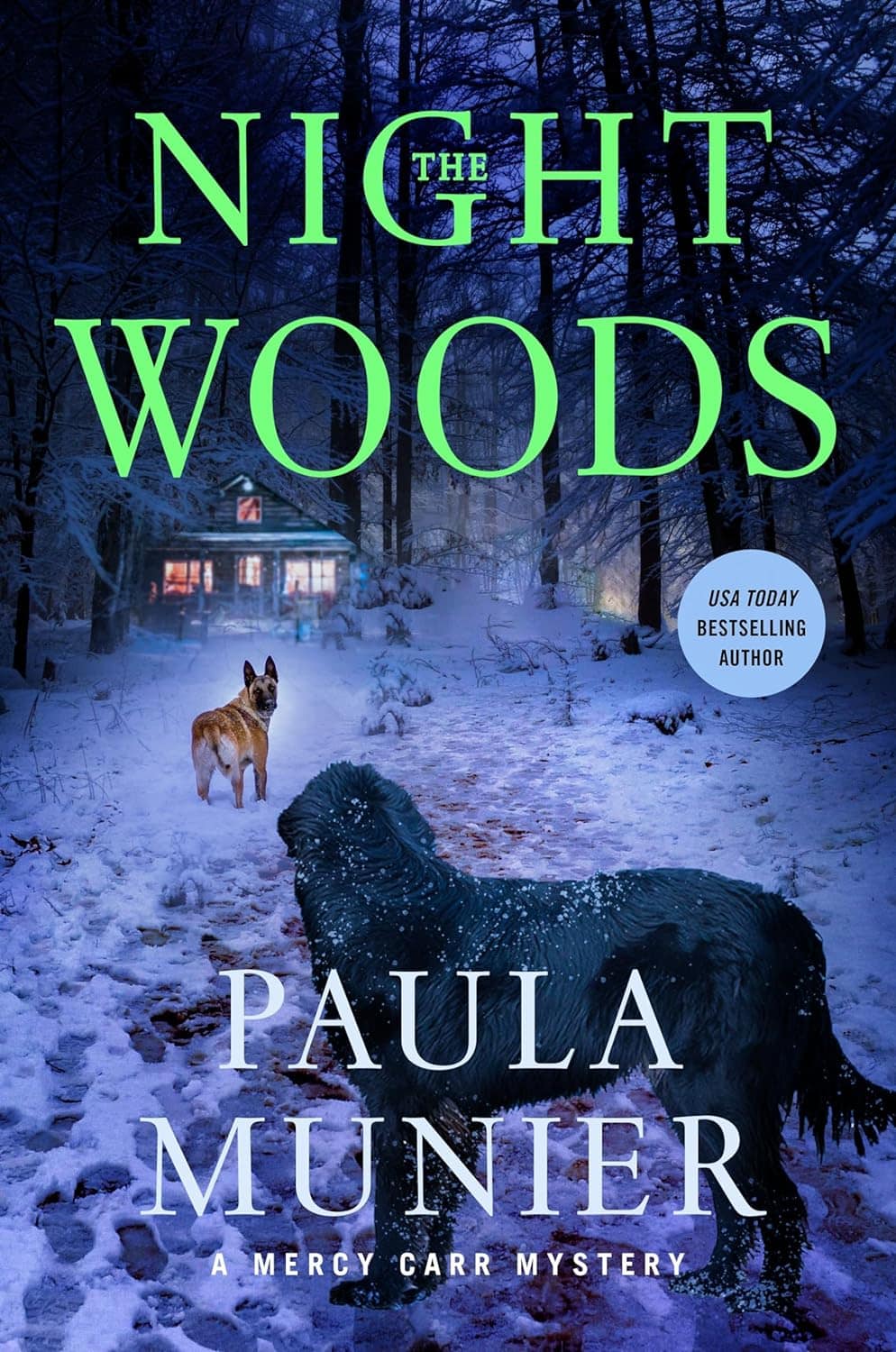It’s the inescapable question in writer world: plotter or a pantser? In other words, do you outline? Or not?
We all know who we think we are, but sometimes we try to change. I did. And here’s the crazy thing that happened along the way. They say you can only learn from experience, but it does not have to be your own. Here’s what I learned from my experience in outlining. The good news and the bad news and the good news.
So, first, I’m a card-carrying pantser, or as George R.R. Martin described it, a gardener. He says some authors are architects, that they build the structure of their novels, and then weave and plaster their story onto that scaffolding that supports the story. A plotter. Other authors, he says, are gardeners, who have a seed, and plant it, and cultivate it, and then watch their story grow.
Anyway, for thirteen books, I’ve been an inveterate gardener. I have no idea what comes next, and so far, that has worked for me.
But one day, back in, maybe February, I was thinking about book 14, and suddenly, the whole thing appeared to me. WHAT?
I sat down with a notebook and a pencil, yes pencil, and wrote out four pages of outline. Beginning middle end. Everything! Everything that happened. AN OUTLINE.
It took about half an hour.
Wow, I thought, this is awesome. This is sensational. This is the best thing that has ever happened to anyone in anyone’s conceivable entire life.
I was ecstatic. I thought wow, why didn’t anyone ever tell me about this! And of course they have, the brilliant Jeffrey Deaver has spent years trying to convince me of they joys of outlining, and although it celearly works for him, I never quite believed it.
But there it was, four soon-typed pages revealing the entire story. Even the end. I have never known an end. Amazing.
So I sat at my computer, gloriously happy, and started banging it out. “What happens next,” the question that always filled me with fear, this time it was a snap! I simply had to look at my pieces of paper, (which I bought a special new magnet board to display), and it told me what happened next. Incredible.
I got to about 60,000 words. And slammed, hard, into the wall. It just wasn’t working. It just wasn’t working! People were doing things for no reason, they were saying things that were ridiculous, they were behaving in insane ways, and I just sat and stared at it.
What had happened to my beautiful story?
Time passed, and I stared at the page. I asked myself all the questions I always ask when I am stuck: “what would really happen?” “What would someone really do?” Even the often-helpful “What time is it?” I asked myself all those things. And nothing was working.
And time was going by.
Time. Was. Going. By.
I finally called my editor and said “Hey, wanna look at my manuscript? I’m about two-thirds finished with the rough draft, and I’m not quite sure where this is going, can you just look at it and see where I may have hit some quicksand?”
She read it in a day, maybe two, and we chatted. She said: this is a great story, really good, but it’s only the story. “There’s not enough…thinking,” she said.
Then she paused and said: “I don’t mean to have you add bunch of internal dialogue, but this is all plot and no depth.”
And she said: “Go back and open this up. Dig deeper. You’re farther along in the plot than you think, but not far enough into character.”
Brilliant!
Turns out, I knew how to make an outline, but I did not know how to use it!
An outline is a good thing. But you don’t have to stick to it. And just as important, there’s gardening to outlining, too. Here’s an outline (!) of what I learned to cultivate.
The Characters
Where did they come from? Who are they? And most important for your book—what do they want?
The Motivation
Ask yourself, on every page—why is each character doing this? A character’s motivation comes from their experience. Decision-making reveals personality. Thought process allows the reader into the characters brain.
The Setting
I had forgotten the setting! Since I knew where everything was taking place, I was using shorthand to convey it. Don’t forget to allow yourself to in include both broad and intimate setting “moments” throughout every scene.
Dialogue!
This one surprised me. The dialogue was out of control. In my scrawny skeleton, people were just talking talking talking. Eventually I realized that was the dreaded “telling.” I was having my characters tell the story rather than be in the story. They were relating the story, rather than living it.
One more time on telling
The pitfall is of using an outline is that you already know what’s going to happen, so it’s tempting to simply—make it happen sooner. But what takes two lines in an outline may take several chapters in a book. Don’t let the skeleton deter you from the flesh and blood that makes your story live and breathe. And the characters don’t know, either. So:
Don’t play to the end
I heard the actor Sally Field talk about this. She said she didn’t like to know the end of movies she was in, because it was too tantalizing to play the role at the beginning with the end in mind. She actually calls it “playing to the end.” For instance, someone in Hawaii the day before Pearl Harbor or someone in Pompeii the day before the lava arrived would not have been afraid. So be careful of inadvertent foreshadowing. Make sure you’re characters live in the now, not in your outline. Don’t let your outline take away your suspense.
Forget about it
Don’t look at your outline all the time. See where your story goes naturally when your write. Something that happens naturally as you write might be better than what you came up with in that outline. Let your outline go.
Now, with all I’ve learned in mind, I’m closing in on the ending, with my usually crossed fingers. I don’t know what it is, and it’s not the one in the outline, but at least I know what the book is about. More than story, it is about the characters. And gardening.
Yes yes, I obviously already knew this. It just took a minute (and a wonderful editor) for it to come back to me.
Do you use an outline? And how quickly do you stick to it? What recommendations do you have or those who outline? Or don’t? Let’s talk about it on the Career Authors Facebook page.





